- Author Jason Gerald [email protected].
- Public 2023-12-16 10:50.
- Last modified 2025-01-23 12:04.
Whatever you call it, a rainbow ball that appears uninvited and doesn't go away from your Mac's screen is a bad sign that your Mac is starting to become unresponsive. Fortunately, Apple provides several ways to deal with a "frozen" Mac.
Step
Method 1 of 2: Fix an Unresponsive Mac
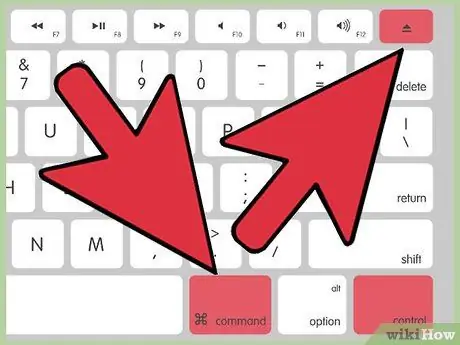
Step 1. Close unresponsive programs forcibly
If a program is not responding but your computer is still receiving commands, you can force close the unresponsive program to continue using the computer. There are several ways that you can do to close the "stubborn" program:
- Click the desktop or another program window to take focus away from the unresponsive program. Click the Apple menu, then choose Force Quit. Then, select the program you want to close, and click Force Quit to close it.
- Press Command+⌥ Option+Esc to open the Force Quit menu. Then, select the program you want to close, and click Force Quit to close it.
- Hold down Option, then press Ctrl and click the icon of the program you want to close from the Dock. On the menu that appears, click Force Quit.
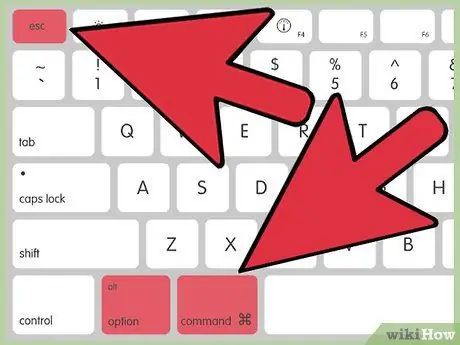
Step 2. Restart your Mac
If the system is unresponsive or you cannot open the Force Quit menu, you can force restart the computer. You can restart your computer in several ways, even when the cursor is not moving:
- Press Command+Ctrl+⏏ Eject to force restart the computer. The Eject key is in the upper-right corner of the keyboard, but newer MacBooks don't have it.
- If keyboard commands don't work, or if your Mac doesn't have a Eject key, press and hold the Power button for a few seconds to force restart the computer. The Power button is in the upper-right corner of your MacBook keyboard, or on the back of your iMac or other desktop computer.
Method 2 of 2: Troubleshooting
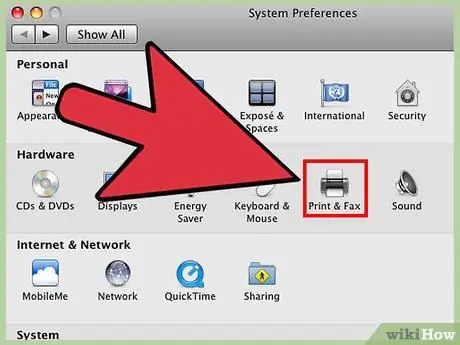
Step 1. Determine if the problem is caused by the program or the system
If your computer doesn't respond only when running certain programs, the problem could be caused by that program. However, if the computer does not respond randomly, or while performing daily tasks, the problem may be caused by the operating system. If your computer doesn't respond when you try to use a certain device, such as a printer or USB drive, that device could be the source of the problem. Knowing roughly the source of a computer problem can help you solve the problem.

Step 2. Check the free space on the system drive
If the free space on your system drive is running low, the system will become less stable. Leave at least 10GB of free space on the system drive. If the remaining space on your system drive is below 10GB, the computer will start experiencing errors.
The quickest way to check the remaining free space on your drive is to click the Apple menu and choose About this Mac. Click the Storage tab to view the used and remaining drive space. If you have less than 10GB of free space on your system drive, delete any files or programs you no longer need
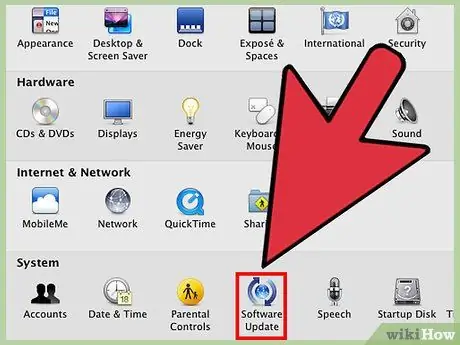
Step 3. Update applications and operating system
The error that caused your computer to not respond may have been fixed in a new version of the program or OS X. Updating the software might stop the error.
- Click the Apple menu, then select Software Update. Download and install any available updates. This update program will search for and install operating system updates and applications installed through the App Store.
- Update apps that are not installed through the App Store manually. If you installed the app from outside the App Store, check for updates via the Update menu in the app, or install the latest version of the program from the official website.
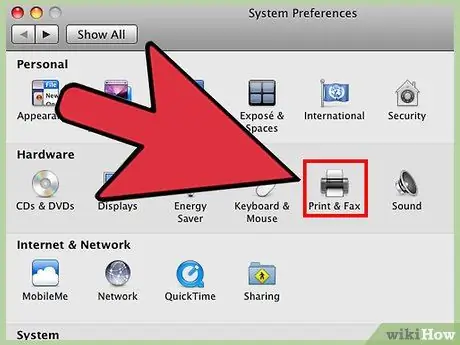
Step 4. Disconnect all external devices, such as printers, scanners, or external drives
Sometimes, a problem with an external device might cause the computer to not respond.
- Reconnect the devices one by one to test if the system does not respond after the devices are connected. This step can help you determine which device is the culprit.
- If you know what device is causing your computer to not respond, check to see if someone else is having the same problem as you, and whether the device manufacturer has provided a fix.
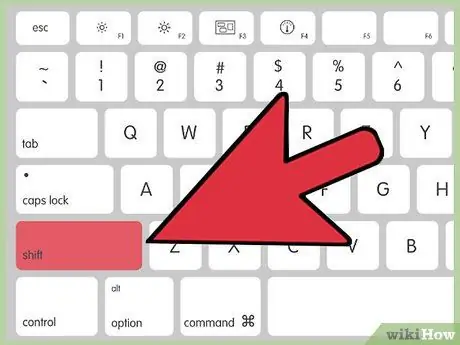
Step 5. Restart the computer in safe mode
If you have performed all the steps above without satisfactory results, try restarting your computer in safe mode. In safe mode, the computer only loads important system files and will run some troubleshooting scripts automatically.
- To start your computer in safe mode, restart your Mac, then hold down the Shift key as soon as you hear the Mac start sound. If your Mac starts up automatically when it's in safe mode, there might be a problem with the system drive being fixed.
- If the computer responds normally in safe mode, restart the computer as usual to see if the problem is fixed.
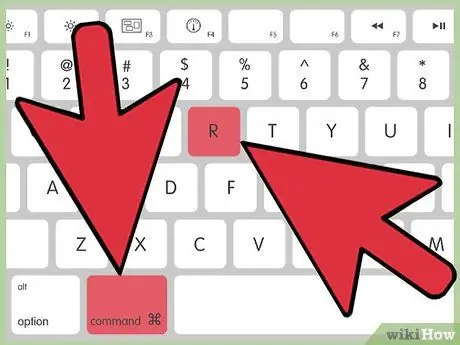
Step 6. Restart the computer in Recovery mode
If your system drive has problems, you may be able to fix it with Disk Utility in Recovery mode.
- Restart the computer, then hold down Command+R
- From the menu that appears, select Recovery HD.
- Select the Disk Utility option.
- Select the drive you want to check, then click the Repair or First Aid tab.
- Click Repair Disk to start checking the drive. If a problem occurs, Disk Utility will try to fix the problem. The repair process will take a while.






